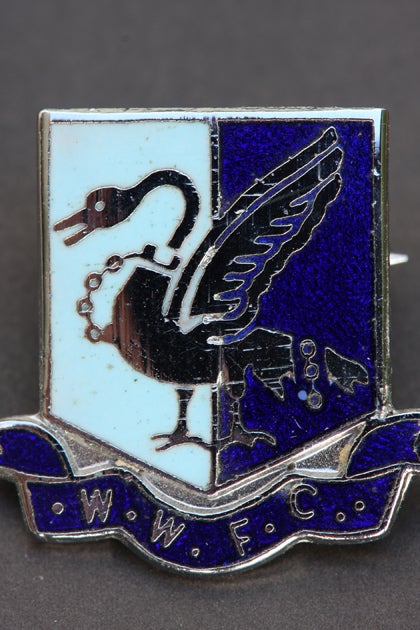Tamron SP AF 180mm f/3.5 Di LD (IF) Macro Review
Tamron SP AF 180mm f/3.5 Di LD (IF) Macro Review
The Tamron SP AF 180mm f/3.5 Di LD (IF) Macro is a well-designed lens that's impresses on both APS-C and full-frame bodies

Verdict
Key Specifications
- Review Price: £896
In order to capture true macro photographs, where the image is the same size as the original object, the lens has to be used at close range. This can cause problems, however, such as when the lens casts its own shadow over the subject.
The simplest solution is to find a way of capturing macro images from a greater distance: this can easily be done by using a longer focal-length, which is where Tamrons 180mm Macro really comes into its own.
If the lens comprised just a single, thin element then to get a life-size image the glass would have to be two focal-lengths from the subject (and therefore also two focal-lengths from the sensor, since this is a symmetrical arrangement). So Tamrons lens can, in theory, be used from a range of about 36cm, which is a very comfortable working distance. The reality is not quite so generous but the working distance remains very comfortable so this is clearly going to be an interesting lens for anybody who is serious about macro photography.
MTF testing confirms that its visually-biting images really are sharp numerically. From wide-open to f/11 the MTF figures hover around a highly impressive 0.35 cycles-per-pixel and the lens does not fall below the critical 0.25 cycles-per-pixel level until beyond f/16.
All this is good enough but there is yet more to come because the 180mm is a very useful prime lens for general purpose photography too and can create pin-sharp in-focus regions with soft out-of-focus backgrounds that suit both portraiture and sports/action photography.
Handling is excellent thanks to Tamrons ingenious push-pull focusing ring, which changes between AF and MF without any need for a separate switch. The internal-focusing mechanism is brisk and quiet. In addition, Tamron thoughtfully provides a filter effect control ring that can rotate a filter that is mounted within the generous petal-shape lens hood. This refinement must surely come either from first-hand experience or from listening to photographers who have been frustrated at not being able to adjust a hooded polariser, for example.
Sample images


Verdict
In short, this is a well-designed lens that produces cracking results on both full-frame and APS-C bodies.

